There’s more to photographing sunsets than just capturing the colour. Philip Dunn reveals how you can inject more visual appeal, drama and romance into your sunset pictures.
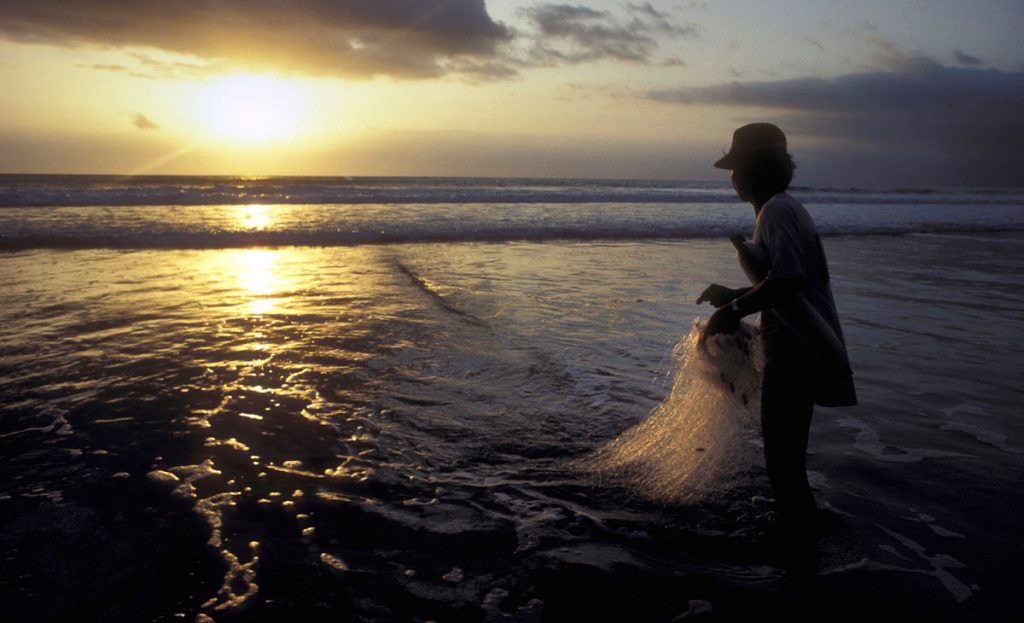
Composition and good camera craft
Sunsets have always attracted photographers and artists, and so they should. But there’s more to capturing a photograph that demands attention than just pointing a camera at a colourful sky. It is unlikely that you will need to improve on the colour of a really good sunset, either with filters or in Photoshop. However, if you want to capture the romance and spectacle of a majestic moment, you simply must resort to sound composition and good camera craft.
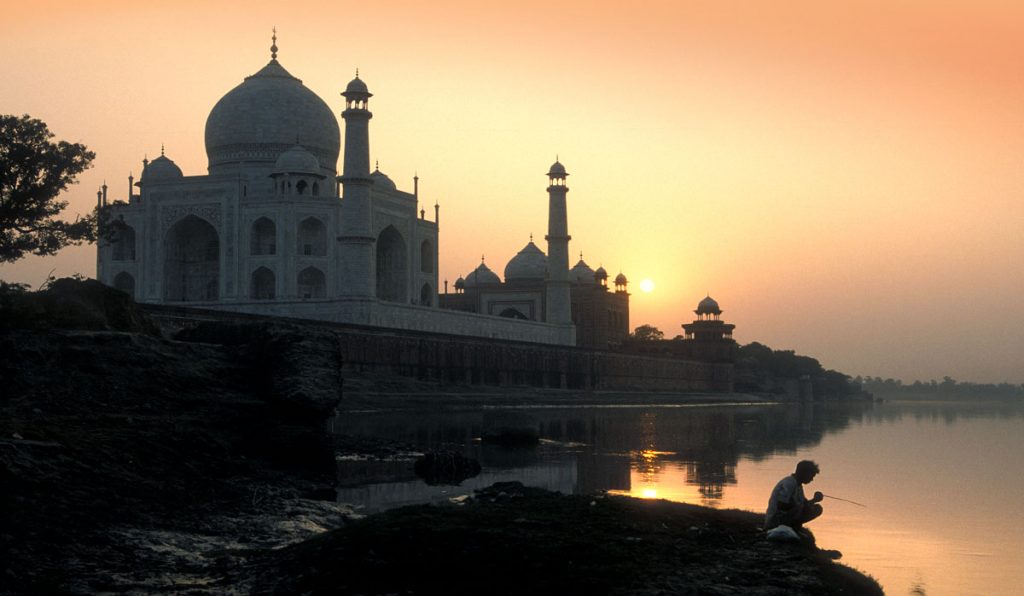
Strangely, it is rarely the glory of the sky alone that rivets the viewer or stirs the imagination in a successful sunset picture. It is more likely to be the inclusion of a foreground. This might be the people, landscape or other objects that the sunset is actually lighting or silhouetting.
It will be the entire scene that will tell of the romance or drama, not just the sky. In an exotic location, a picture of the setting sun can convey the thrill of travel like few other subjects.
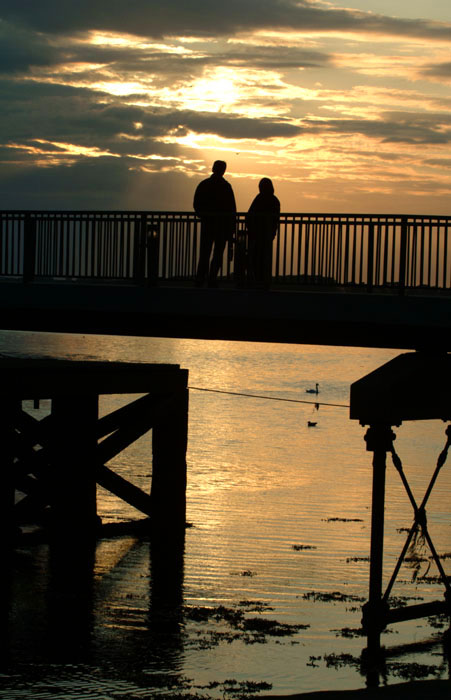
Most common mistake when photographing sunsets
The most common mistake leading to boring sunset pictures is to get so dazzled by the splendour of the scene in front of you. So much so that you cease to look at it objectively. You must see it the way the camera will record it.
The camera does not sense the atmosphere – it simply records what you point it at.
In fact photographing sunsets themselves is really very easy. It’s getting a good composition of all the elements, including the foreground that‘s the tricky part.
Exposures
Firstly, it’s best to arrive at the correct exposure for the sky. Then lock this exposure. Do this either by using Manual Exposure Mode (M), or by locking your Aperture Value (AV) setting.
With the correct exposure for the sky now set and locked, you can move your framing around to include or exclude the silhouetted subjects between you and that beautiful sky. Don’t change the exposure, no matter what your camera’s meter reading tells you. Remember when you are photographing sunsets, you are really just photographing a colourful backdrop (the sky) with shapes in front of it.
A good example of this is my picture of the Bali fisherman with his nets in the sea.
Foreground shapes
When photographing sunsets, remember it is how you position yourself and arrange those foreground shapes and silhouettes that can make or break the picture. It’s all about good composition.
You will generally create a yawn if you include nothing but sky – no matter how dramatic or colourful it is. Neither will you create any feeling of the place in which the picture was taken. A dramatic sunset in Scotland can look very similar to another taken in Bali.
So look for interesting buildings, objects, trees and people doing things and try to include them in the foreground of your sunset pictures. Often these subjects can be researched and found well before the sun actually sets – we all know it’s going to go down in the west – so a bit of pre-planning can pay dividends.
Photographing sunsets with reflections
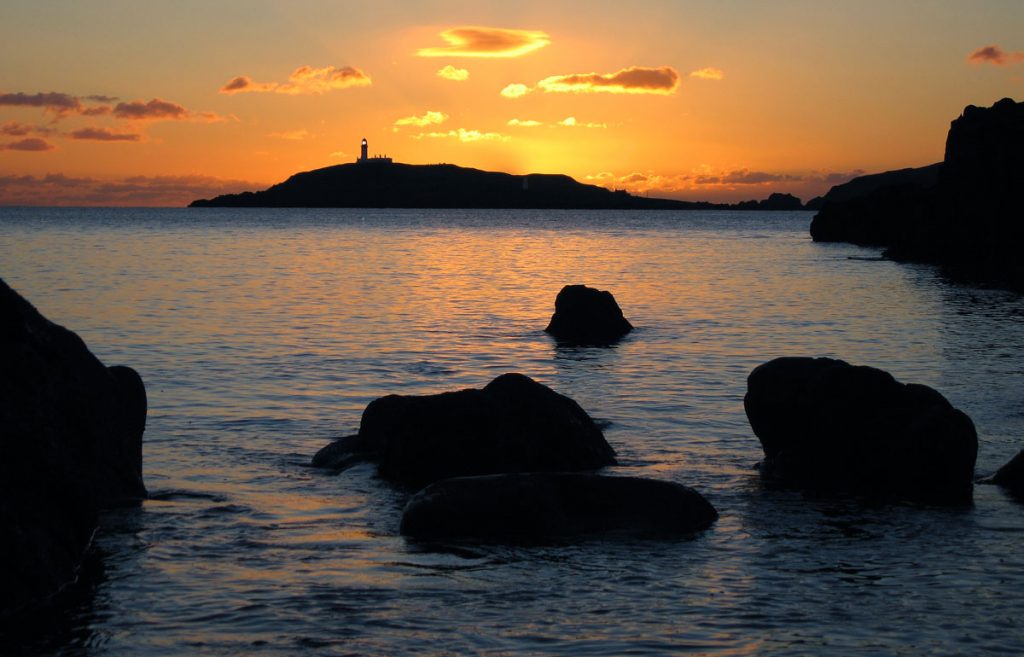
Try photographing sunsets across an expanse of water, down a rain-soaked street or a snow-covered field. The rich colours will be reflected right into the foreground of the picture. The eye will then be led into the picture along these reflections. Photographing Sunsets over reflective surfaces like this can almost double the colour of the sky.
.. and finally, how NOT to do it
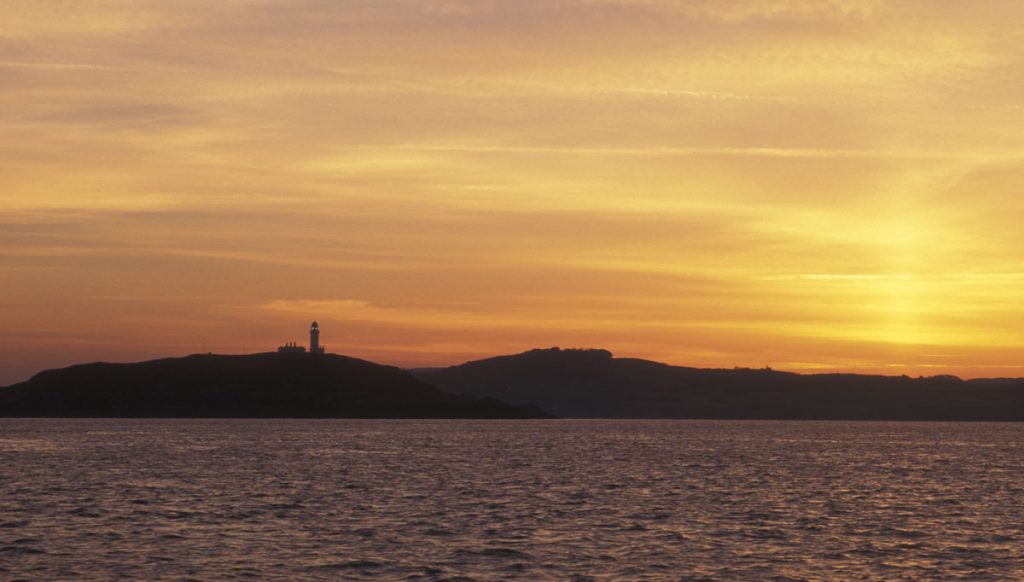
The picture above serves purely as a record. Without foreground interest, there is no illusion of depth and little visual merit.
Learn more about photography on a one-to-one photography course with Philip Dunn



Hi Phillip. Hello from Sri Lanka. I love catching up with your articles and reminding myself of sometimes forgotten techniques! Just enjoyed the recent ones on Iso settings, pictures of old folk and sunsets. Always like a refresher course – digital gives so much but also can take away elements – ah, for that smelly old darkroom! Best regards. David